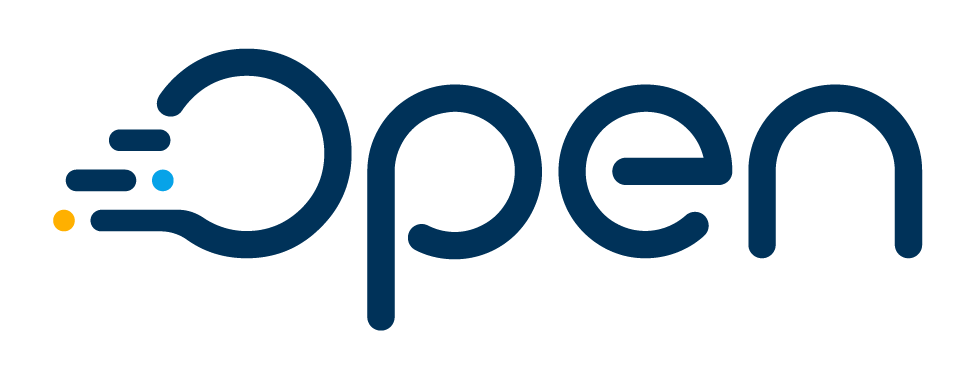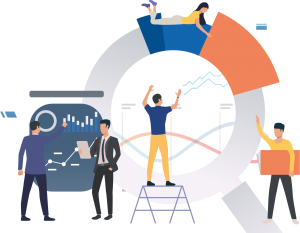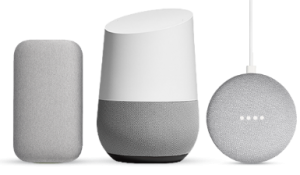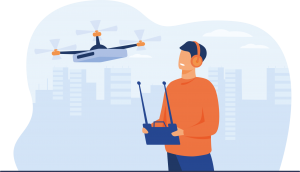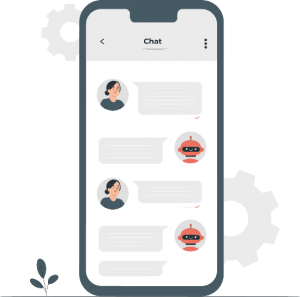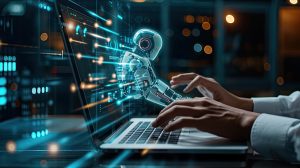Understanding the difference between the technologies that are part of the Artificial Intelligence (AI) umbrella concept is quite demanding. It is essential for utilities to recognize the importance of AI in today’s world, be aware of the technologies involved and understand how to apply them.
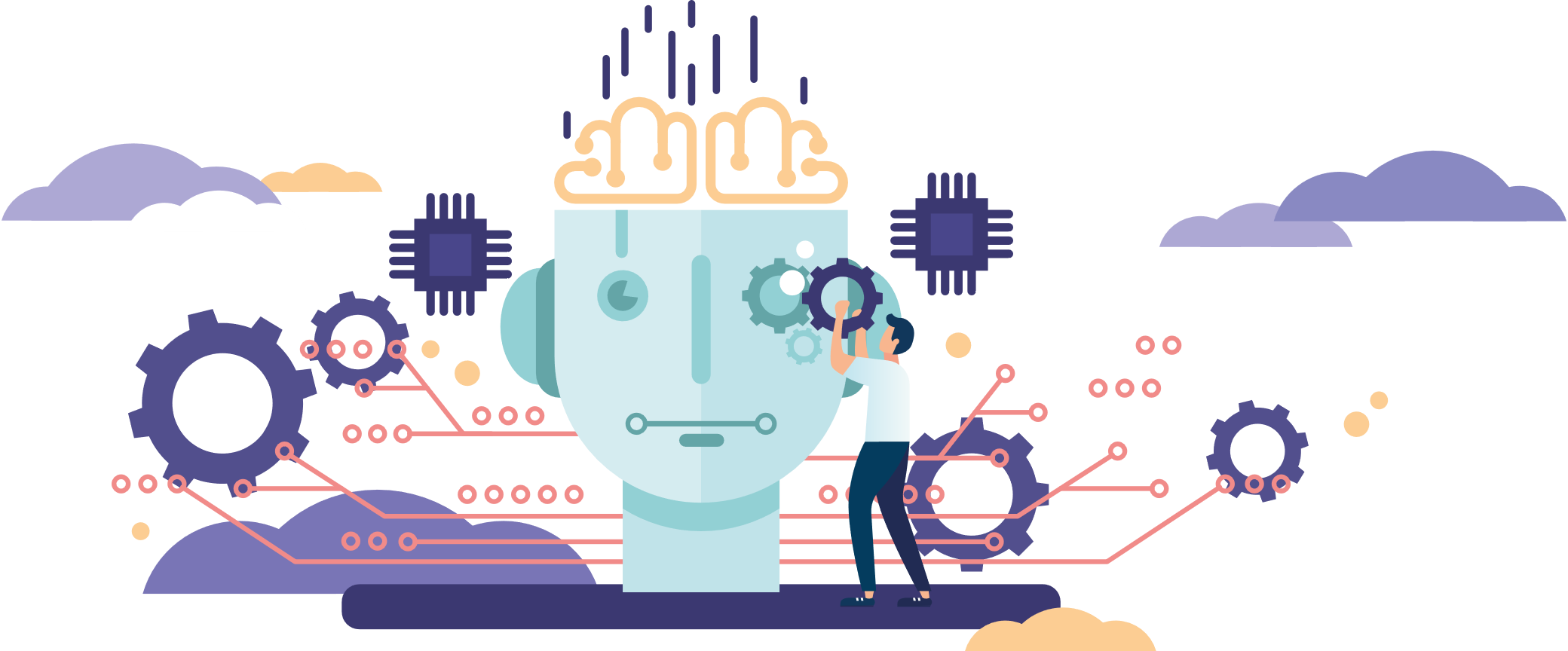
Utilities manage very delicate customer data and have highly change-sensitive processes. Because of this, they have long been companies with a slow-going development of new technologies that might alter important information. However, some technologies cannot be ignored. In the case of AI, utilities should adopt this technology and leverage all its potential.
However, service providers do not have to implement high-tech, innovative, and unique AI solutions from scratch. In fact, most utilities might already be using AI without even knowing it. Research shows that around 61% of the technologies influencing the utility industry have embedded AI or are closely related to it. Many of these technologies are close to reaching an important stage in their productivity curve, which implies that organizations understand how useful these technologies are in their daily operations.
Figure 1. AI-related technologies influencing the utility industry / types of AI in the utility industry.

Even though technologies that have embedded AI are fairly common, companies often overlook how deeply all types of AI influence their daily activities. Therefore, service providers should better understand the following types of AI and acknowledge the different business cases to get the full benefits from this technology. | Utilities are one of the leading investors in AI, with 0.53% of average company revenue allocated to AI-related investments[1]. |
1. Optimization algorithms
Optimization algorithms are procedures, executed iteratively, that compare different solutions and eliminate the less efficient one on each loop. As a result, the optimized and finest solution is presented to fulfill the specified requirements. This type of AI can be used on different processes such as:
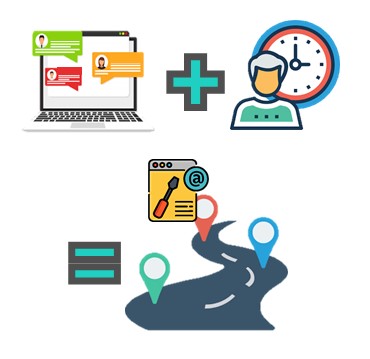 | Dispatching automation The automation of the dispatch optimizes the allocation of resources according to the work orders that need to be assigned, as well as the time availability of field crews. |
| |
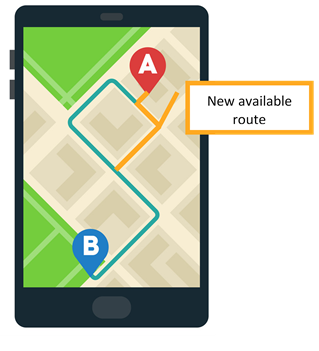 | Intelligent routing
Intelligent routing helps utilities optimize the time field crews spend traveling from point A to point B by generating optimal routes taking different factors into account, such as traffic, speed limits, closed roads and more. |
2. Machine Learning
Machine learning is a technique that utilizes a set of historical data to train an algorithm to understand the data that is presented to it and can be used for:
a) Predictive maintenance Service providers can make use of historical data from their assets, such as transformers, to predict when they are likely to fail and send out a crew beforehand to perform preventive maintenance activities. The greatest benefit is to avoid major damages on the equipment which guarantees the service supply. |
|
|
|
b) Forecasting Utilities can forecast the behavior of important aspects such as workload capacity and customer usage patterns. By predicting workload capacity, they can know the exact number of technicians required to carry out all the field activities. Predicting customer consumption patterns empowers companies to better manage and implement demand-response programs. |
|
3. Natural Language Processing (NLP)
NLP is an interface that increases the data throughput between humans and machines which allows computers to understand and generate human speech. With
a) Make an appointment Via their smart speakers, customers might request, for example, a new service. After giving all the required information, utilities can perform the tasks needed to fulfill the request (i.e. order creation, scheduling, among others). The flexibility will enhance customer experience, together with customer satisfaction. |
| b) Ask for insights Customers are empowered to ask their speaker for information and make questions such as “How much will my bill be this month?” To solve them, the speaker communicates with the system database and reads the information to the customer in a natural, human-like manner. This priceless tool helps utilities boost customer journey and experience. |
4. Computer Vision
Computer vision is widely applied in many industries, including utilities. By using image processing to identify real-world objects, companies facilitate jobs on the field and automate some of the tasks previously performed by humans.
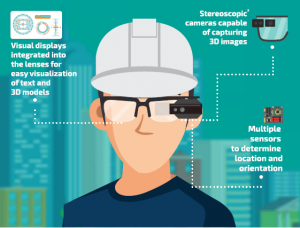 | a) Augmented Reality (AR) Service providers benefit from this invaluable technology when implementing its main applications: remote assistance, heads-up displays, and procedural guides. These business cases provide field workers with more information to carry out their tasks more efficiently. |
|
|
| b) Drones Drones can be combined with computer vision to understand what their camera is seeing, providing the utility with autonomous machines capable of inspecting grids and reporting the components that need maintenance. |
There are many disruptive utilities who are offering non-traditional services, like telecommunications, in their portfolio. To give customer support for these products and meet customer expectations, AI brings new service mechanisms by implementing:
| AR user assistance and AR manuals Through AR smartphone applications, service providers are encouraged to guide customers easily while troubleshooting. This way, they can resolve their own problems while boosting customer service indicator levels. |
There is a large variety of business processes that can be enhanced by AI. Selecting the right type of AI encourages utilities to improve their operations and their relationship with their customers. It is crucial that every service provider evaluate each type of AI and their use cases to decide which of them best suits their business and yields greater results for their company.
[1] Tata Consultancy Services (September, 12. 2017). TCS Global Trend Study on Artificial Intelligence Reveals Industry Wide Investment by 2020. https://www.tcs.com/global-trend-study-artificial-intelligence-reveals-industry-wide-investment-2020
